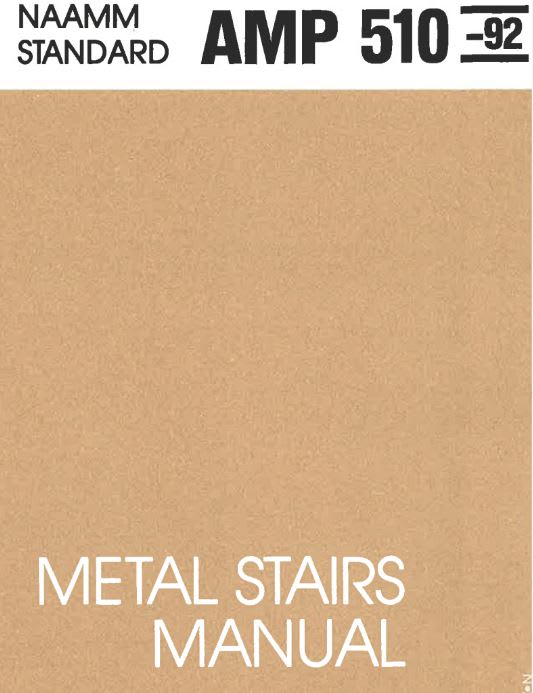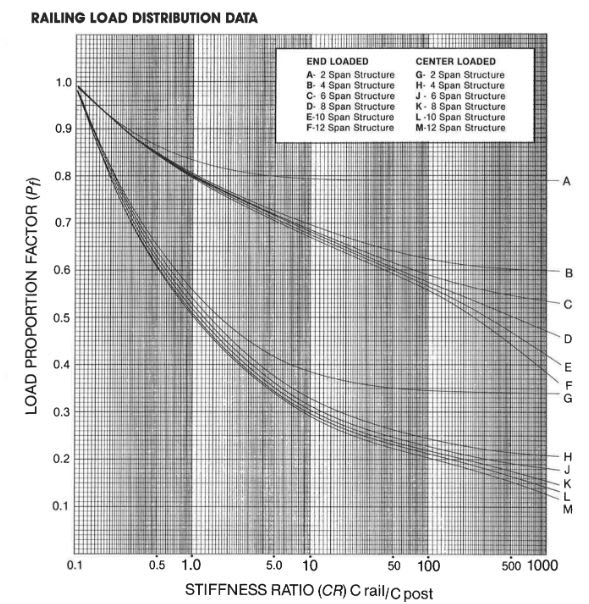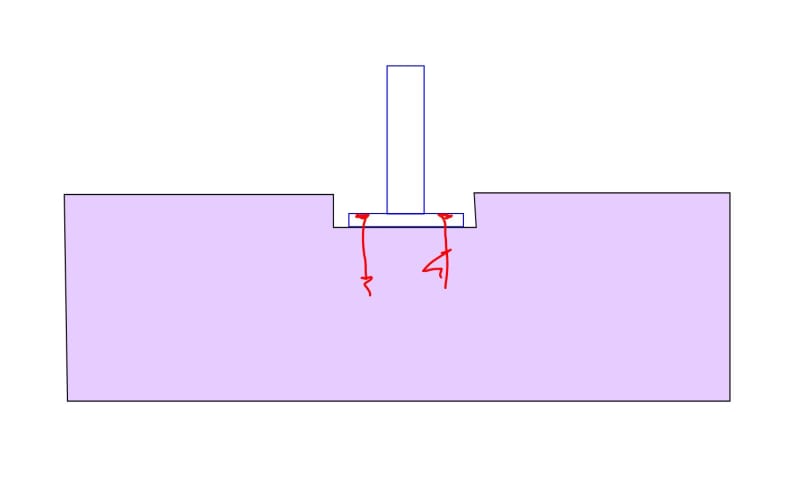I have a client who is proposing a stair balustrade that has nice sleek spindles that disappear neatly into the timber stringer, please see 3D views attached.
My question is how do you prove this detail works. It is only domestic loading (0.36kN/m) but the post surely cannot act as a cantilever. I don't know a connection detail that would work. Instead do you prove the handrail acts as a stiff beam as it runs continuously.
If anyone has any experience/ thoughts on this please let me know.
[URL unfurl="true"]https://res.cloudinary.com/engineering-com/image/upload/v1729151606/tips/Opt_C2_-_3d_Views_Compiled_annotated_twht2t.pdf[/url]
My question is how do you prove this detail works. It is only domestic loading (0.36kN/m) but the post surely cannot act as a cantilever. I don't know a connection detail that would work. Instead do you prove the handrail acts as a stiff beam as it runs continuously.
If anyone has any experience/ thoughts on this please let me know.
[URL unfurl="true"]https://res.cloudinary.com/engineering-com/image/upload/v1729151606/tips/Opt_C2_-_3d_Views_Compiled_annotated_twht2t.pdf[/url]



